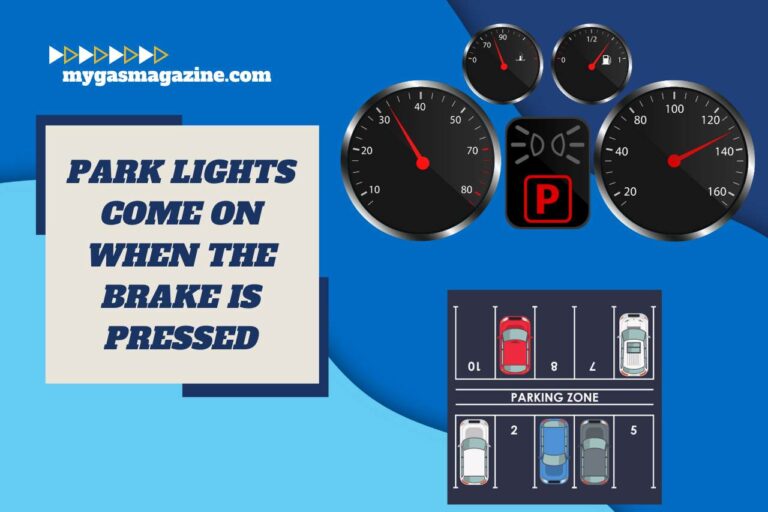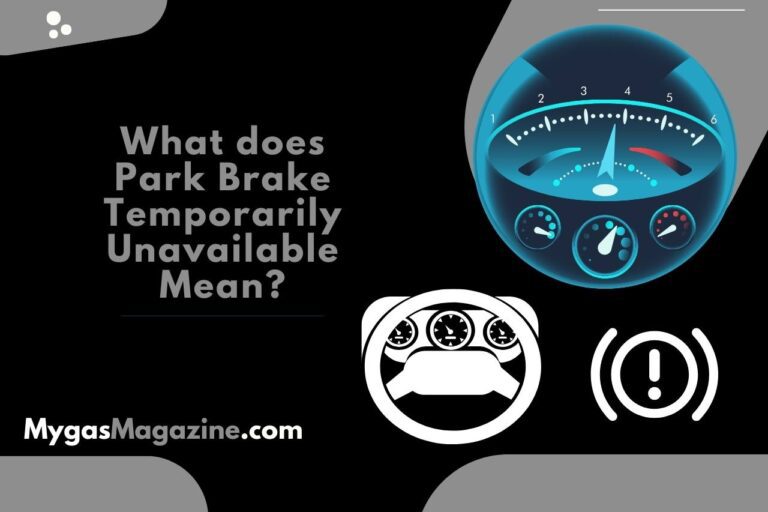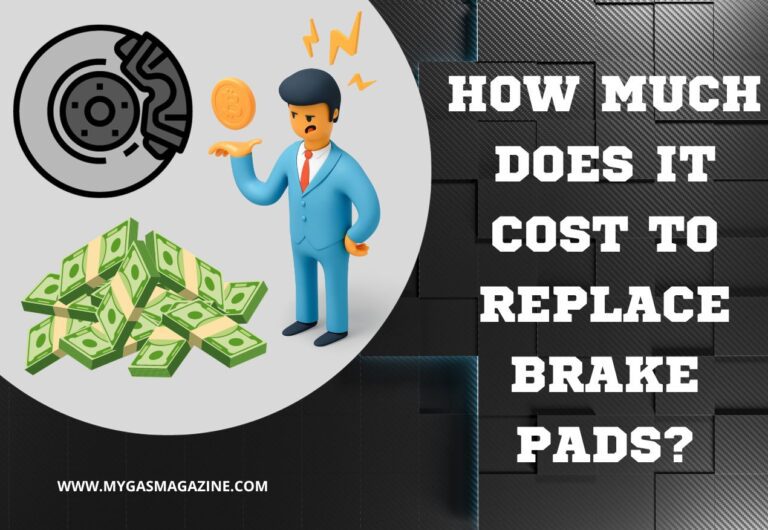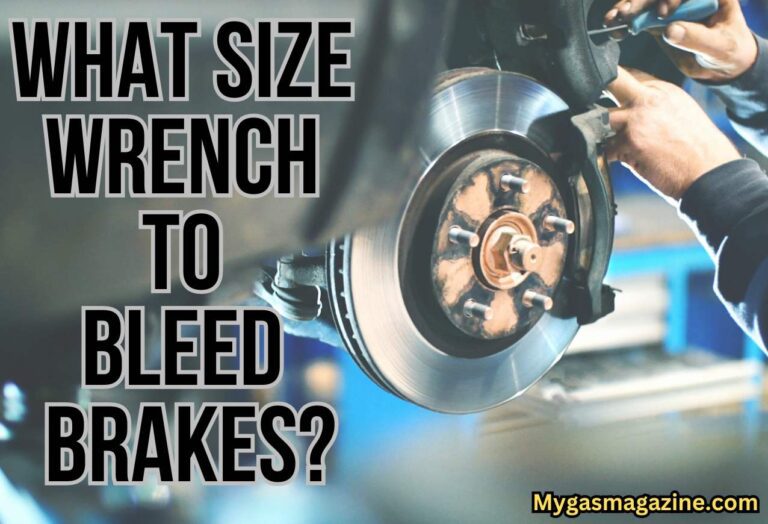Brake Lamp Bulb Fault – Replacing a Faulty Brake Lamp Bulb!
Millions of vehicles travel the world’s roadways every day, relying on a sophisticated network of parts to provide safe and effective transportation. Among these essential parts, brake lamps are critical in conveying a driver’s intentions to oncoming traffic. They act as a crucial safety element by warning other drivers when a car is slowing down or stopping. The failure of the brake lamp bulb is one of the most frequent problems that might jeopardize road safety, but even the most perfectly built and maintained vehicles are prone to flaws. In this article, we explore the frequently ignored field of brake lamp bulb faults. We will investigate the root causes, effects, and potential remedies for this widespread problem that affects all makes and models of vehicles. When a brake lamp bulb stops working properly, it can start a chain reaction of issues, including traffic infractions, accidents, and increased driver stress. Understanding these flaws’ causes and effects is crucial for fully appreciating how important they are.
What does the “Brake lamp bulb fault” Warning Mean?
A problem with one or more of the brake light bulbs in a vehicle’s rear lighting system is often indicated by the “Brake lamp bulb fault” alert.
This dashboard alert indicates that one or more brake light bulbs have either burned out or are not functional when it shows. Brake lights are essential safety features because they let drivers behind you know when you are slowing down or stopping.
This crucial safety measure might be jeopardized by a defective bulb, raising the possibility of accidents and traffic infractions.
It’s essential to respond to this warning right away by swapping out the defective bulb in order to keep the car operating safely and in compliance with traffic laws.
Why is the Brake Lamp Essential for Safe Driving?
Because it acts as a vital communication tool between a driver and other road users, the brake lamp is crucial for safe driving. The brake lamps turn on when a driver uses the brakes, indicating to oncoming traffic that the vehicle is slowing down or stopping.
Other drivers can respond quickly and change their driving as a result of this visual signal providing vital information.
Drivers behind might not be aware of the slowdown without properly working brake lamps, increasing the risk of rear-end collisions.
Brake lamps also become even more important in poor weather or limited visibility since they improve a vehicle’s visibility and safety.
The brake lamp is thus more than simply a comfort; it is also a crucial safety component that promotes accident avoidance and maintains efficient traffic flow on our roads.
What are Common Causes of the Brake Lamp Bulb Fault?
The “Brake lamp bulb fault” notice has several common reasons, such as burned-out bulbs, electrical problems, and physical harm. Since brake light bulbs have a limited lifespan and eventually fail, bulb burnout is the most common cause.
Electrical issues, such as a damaged socket or wiring, might impair the function of the bulb and cause the warning.
Bulb failure can also be caused by physical harm like moisture or vibrations. Furthermore, improper installation or the use of inferior replacement bulbs might increase the probability of brake lamp malfunctions.
To detect these problems early and guarantee the consistent operation of brake lamps for road safety, routine inspection and maintenance are essential.
How Can you Replace a Faulty Brake Lamp Bulb?
A broken brake lamp bulb can usually be replaced with relative ease. Find the bulb housing first, which is normally located inside the trunk or beneath the car’s rear panel. To access the bulb, remove any covers or access panels that are required.
After that, gently remove the electrical connector from the defective bulb’s rear. Depending on your car, you might need to detach a clip or turn the bulb socket counterclockwise in order to remove it.
Replace the bulb after removing the old one, making sure it is the right type and size. Reinstall the bulb socket and reconnect the electrical connector.
Before changing any covers or panels, examine the brake lights to make sure they are working properly.
To preserve traffic safety and stop warning messages from appearing on your dashboard, regularly check your brake lamp bulbs and replace them as necessary.
How Can you Check and Replace a Blown Fuse for your Brake Lights?
To begin with, locate the fuse box in your car. On the driver’s side under the dashboard or in the engine bay are frequent locations. For the precise position, refer to the owner’s manual for your car.
To locate the fuse for the brake lights, utilize the fuse box legend or diagram. Usually, it is identified as “Brake Lights” or another similar term.
Make sure the ignition is not on and that no electrical systems are running in the car.
The brake light fuse should be carefully removed using a pair of needle-nose pliers or fuse pullers. Grip the fuse and take it out straight away while being gentle.
Look inside the fuse for any indications of internal damage or a broken filament. The fuse is probably still working if the metal strip within is unbroken.
Replace it with a fuse of the same amperage rating if it has blown or been damaged. You may find this information in your vehicle’s owner’s manual or on the fuse box cover. In the same slot from which the old fuse was removed, place the new fuse.
As soon as your car is running, make sure the brake lights are working properly. If so, the replacement was effective. If not, there can be a more serious electrical problem that has to be inspected by an expert.
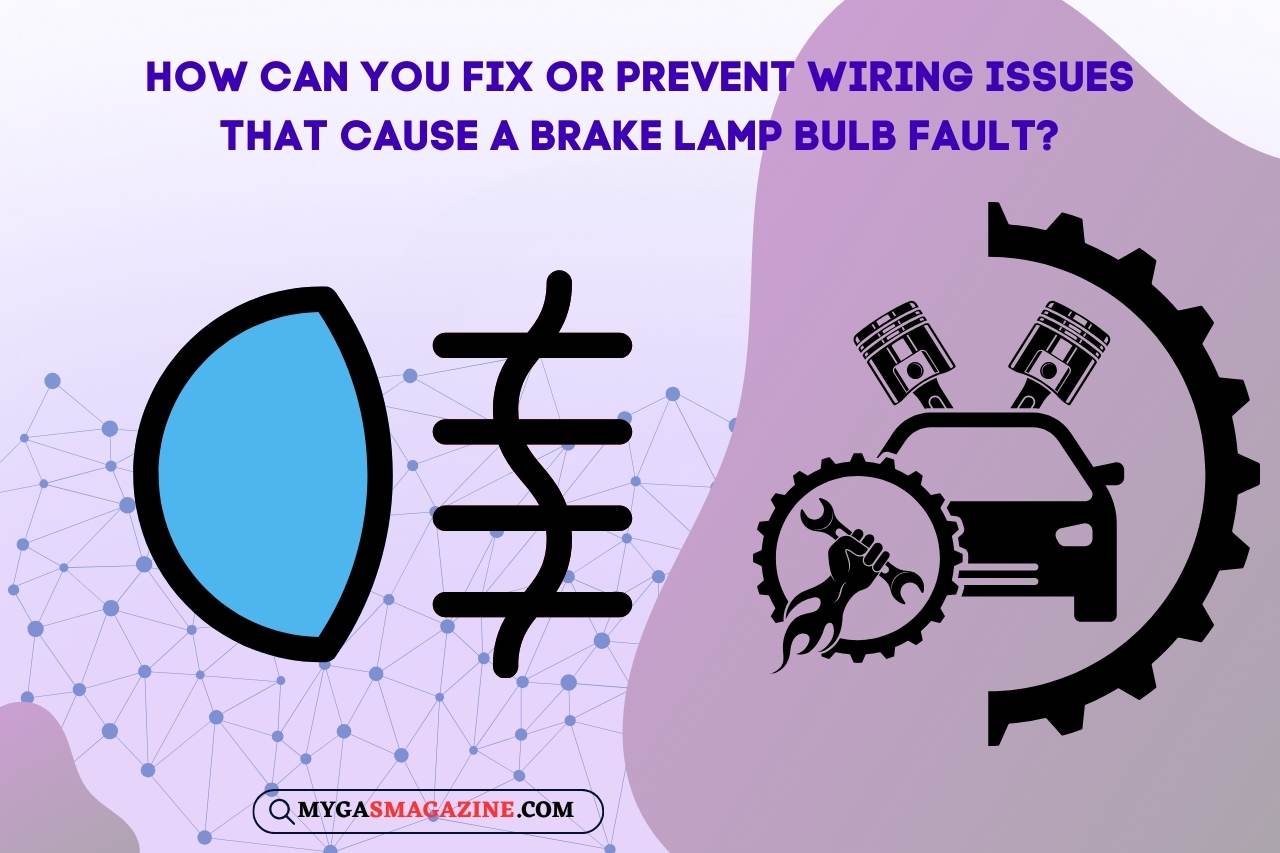

How Can you Fix or Prevent Wiring Issues that Cause a Brake Lamp Bulb Fault?
Check the connections and wiring harness for wear, damage, and corrosion on a regular basis. Check for exposed metal, loose connections, or frayed wires. Inspect the connectors and wires that connect to the brake light bulbs.
Make that the replacement brake light bulbs are the right kind and wattage advised by the manufacturer. Incorrect bulbs can produce too much heat, which could eventually harm the wiring.
Reattach any disconnected connectors or loose wires in a safe manner. To create a solid connection, you might need to utilize electrical tape, wire connections, or crimp connectors.
Use wire strippers to cut off the damaged area and splice in a fresh piece of wire if you find any damaged wires. With electrical tape or heat shrink tubing, secure the connection.
To prevent corrosion and encourage excellent electrical contact, lubricate connections and sockets using dielectric grease.
Consider replacing the complete wiring harness for the brake lights if the wiring is severely rusted or broken. This is a more thorough approach to future problem prevention.
Consult a certified car technician or electrician if the issue persists or if you are not comfortable doing electrical work. They are able to identify and fix complicated electrical problems.
As part of periodic maintenance inspections, maintain your car’s brake lights. By being proactive, wiring problems can be identified and fixed before they become more serious.
How Much does It Typically Cost to Fix a Brake Lamp Bulb Fault?
Depending on a number of variables, the cost to repair a brake lamp bulb failure can differ significantly. In most cases, the price is minimal, averaging between $10 and $30 for the bulb alone, plus labor if you have a mechanic repair it.
Labor costs can be reduced if you feel confident replacing the item on your own. The price may rise dramatically if there are underlying electrical difficulties or wiring issues that are contributing to the failure.
Depending on the complexity of the problem and labor costs in your location, additional costs for electrical diagnostics and repairs could run anywhere from $50 to several hundred dollars.
To preserve road safety and prevent any traffic fines, it is crucial to solve brake lamp bulb issues as soon as possible.
However, the overall cost can vary depending on the particulars of your vehicle’s repair needs.
Watch this one,
Video Credits – AirlessFate
You May Also Like
- How does a Caliper Parking Brake Work? Unveiling the Mechanics!
- How to Tell If Parking Brake is Stuck? Uncover the Mystery!
- Difference Between Park and Parking Brake – (Understanding Auto Lingo)
- When to Use Park Brake? Mastering the Art of Parking!
- Park Lights Come On When the Brake is Pressed – Understanding the Link!
- Park Brake Limited Function Service Required – Expert Tips for Maintenance!
- Parking Brake Engaged While Driving – What to Do Next!


Meet Lakith, the driving force behind MyGasMagazine.com. A seasoned mechanic with over 7 years of hands-on experience in our family-run Gas Mag Garage, Lakith combines his technical expertise with a deep passion for cars. His journey in the automotive world began alongside his father, learning the intricacies of car repair and maintenance. Today, as the founder of MyGasMagazine.com, Lakith shares his wealth of knowledge, offering readers a unique blend of practical advice, industry insights, and engaging stories from the vibrant car culture of Sri Lanka.

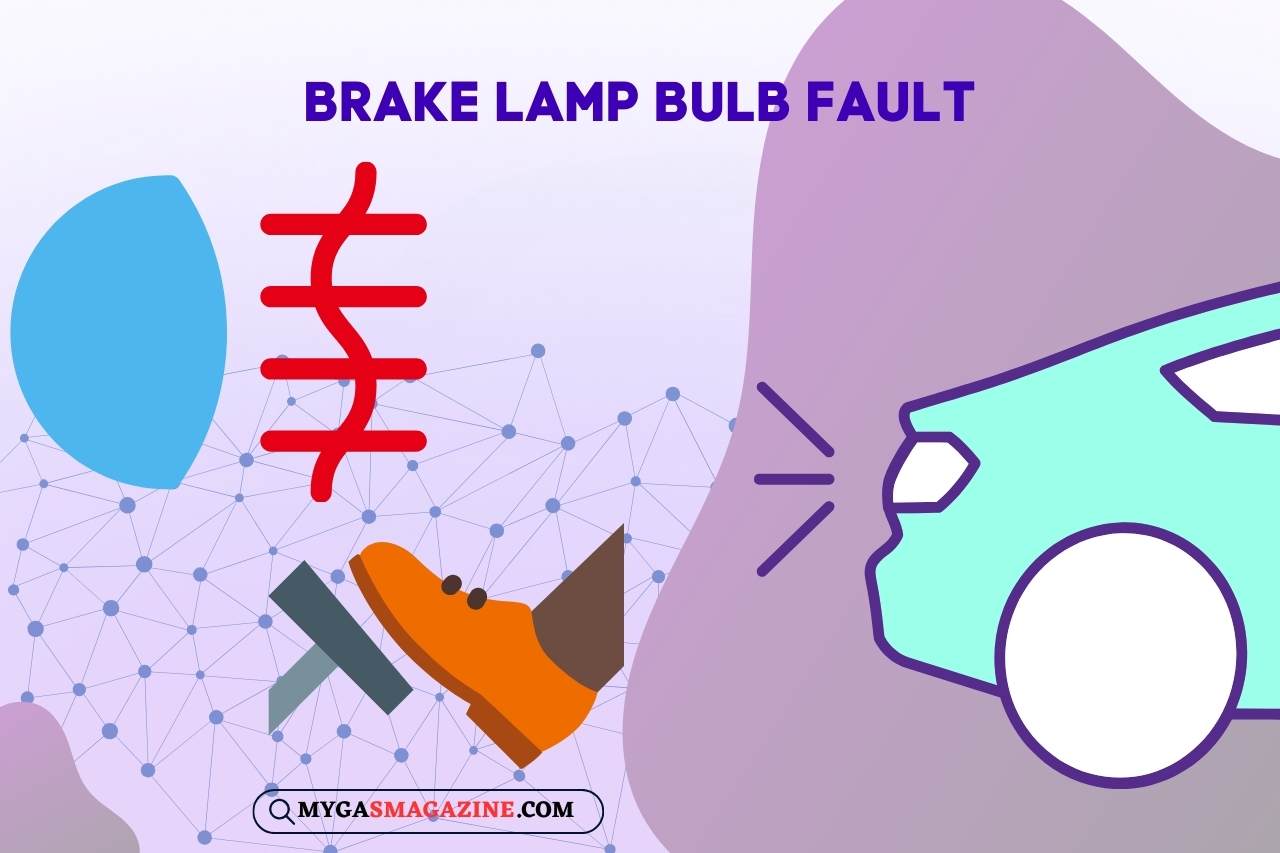
![Reset Electronic Parking Brake [Manually + with Scanning Tool]](https://mygasmagazine.com/wp-content/uploads/2024/02/Visit-2-768x524.jpg)
